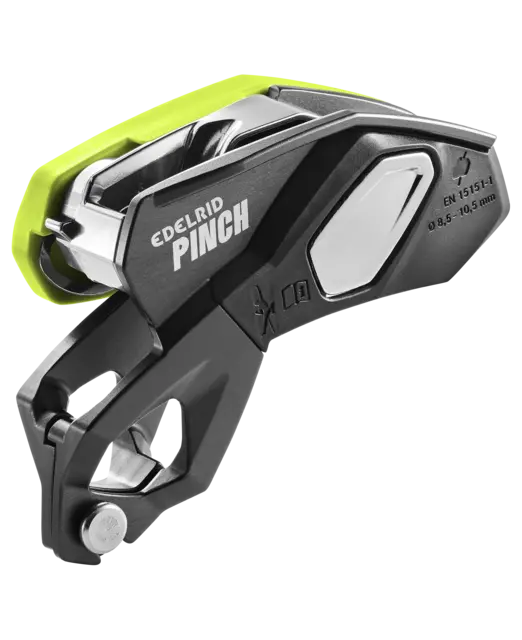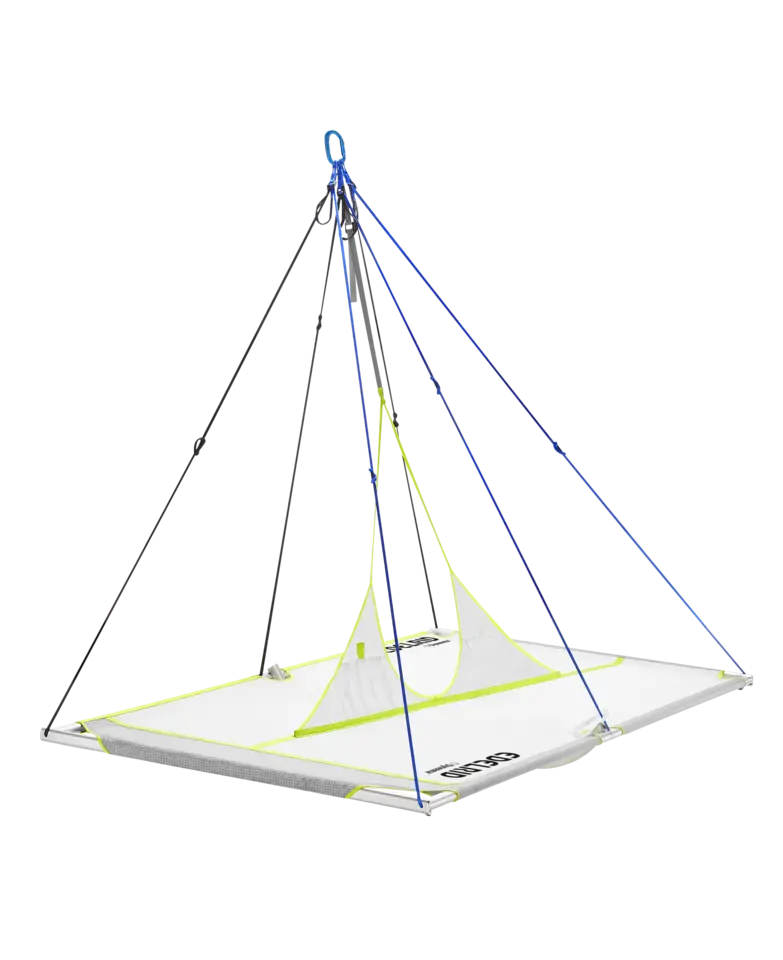Climbing has many faces
“Shall we go climbing tomorrow?” Depending on the time of year, the region, and your personal preferences, you’ll attach yourself to your climbing rope the next day in all sorts of situations. You might be in the climbing gym round the corner or in your local area and wanting to check out a new project or you may have just completed a strenuous ascent to the start of a multi-pitch tour. Climbing is extremely versatile:
rock or plastic, lead climbing or toproping, 28 or 500 meters, rock anchors or mobile belay devices. It’s not just the external factors that differ; climbers’ targets and motivation differ too. Some people want to de-stress at the end of their working day, others want to face their fears, improve their strength and technique, push their limits, or simply enjoy an active day in the great outdoors.









































